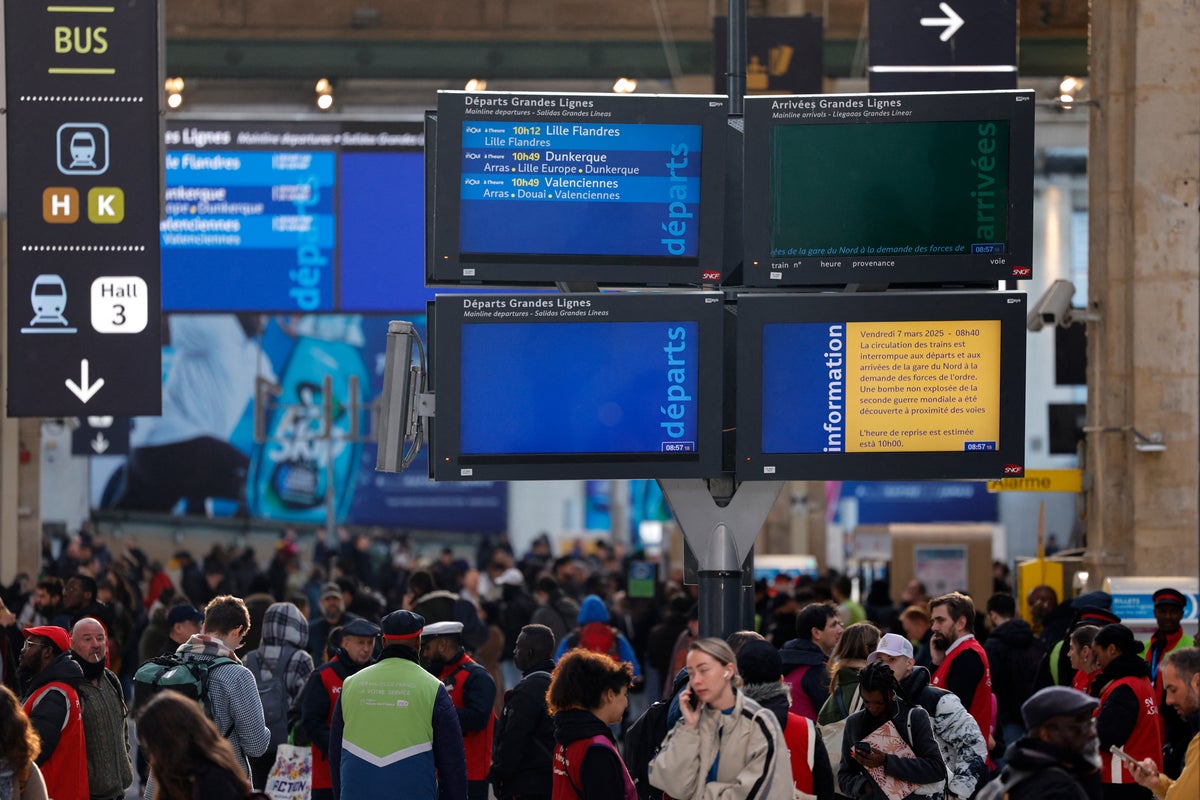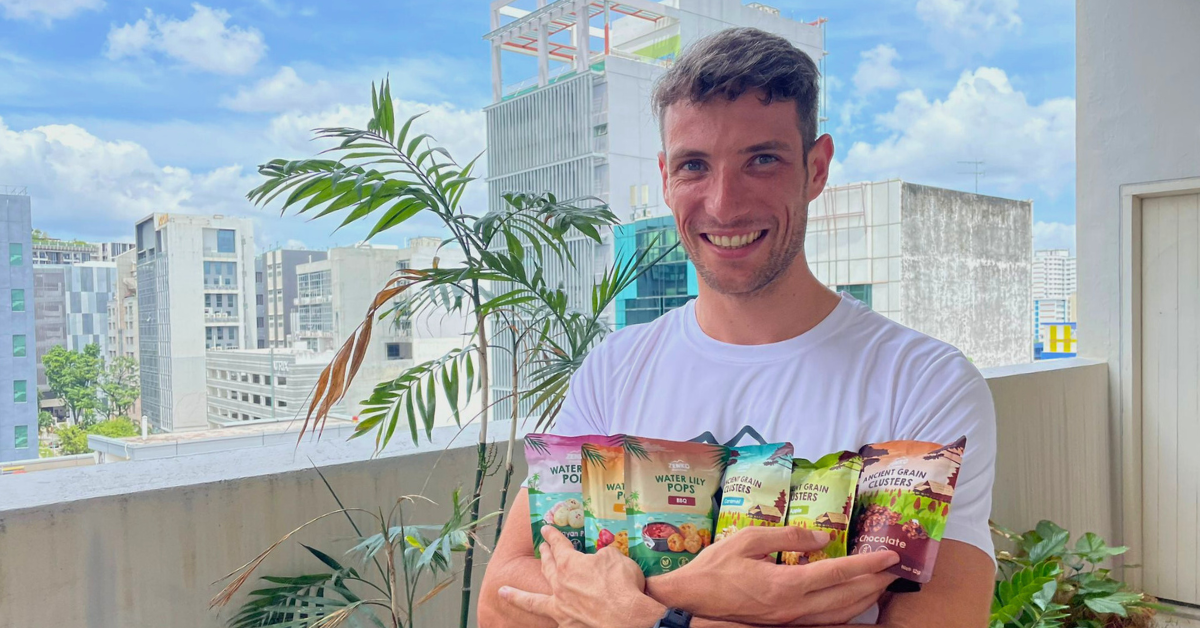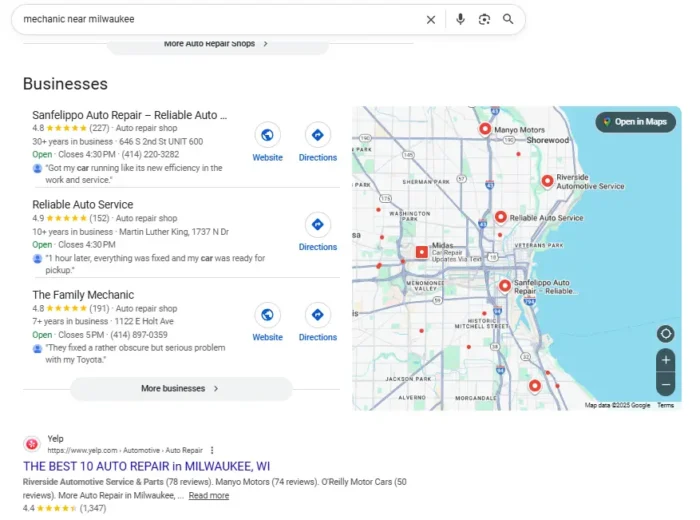Gators, gumbo and good times: The heady new Louisiana food trail you need to try
A culinary journey through the Pelican State brings swamp tours, karaoke and a selection of North America’s most indulgent dishes, finds Jo Davey
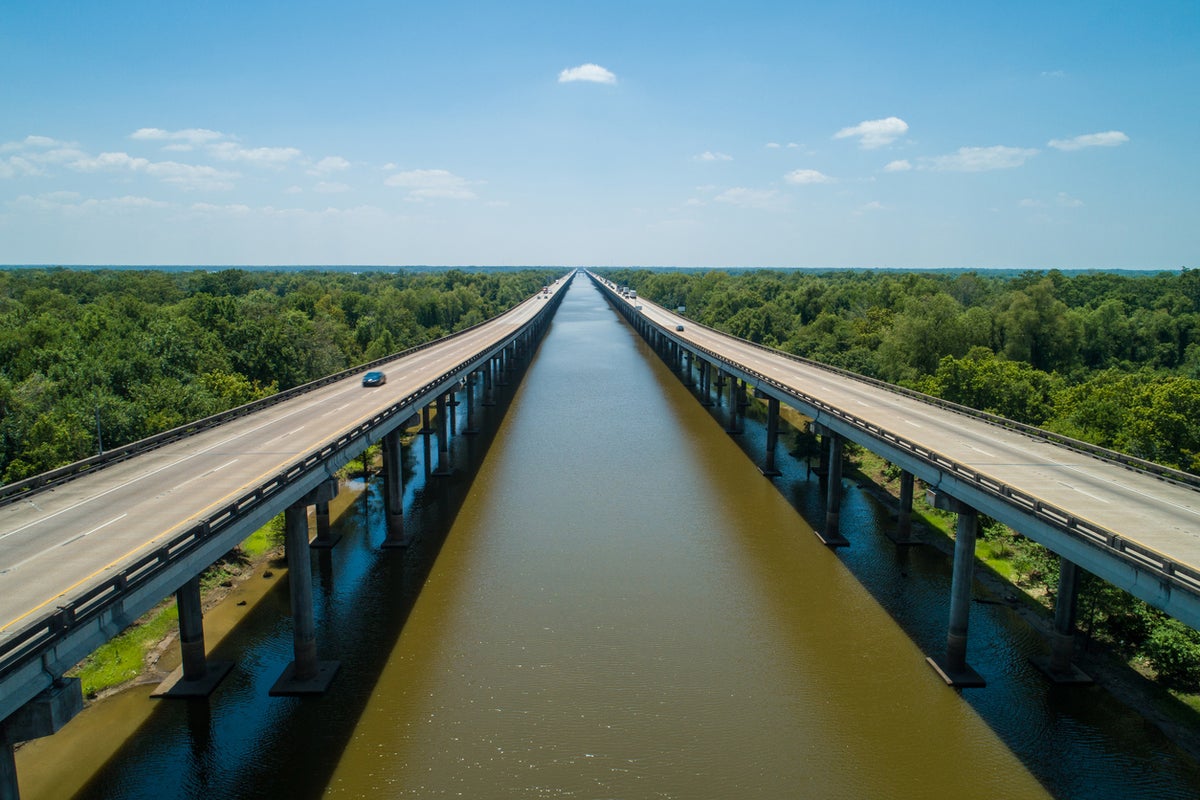
Your support helps us to tell the story
From reproductive rights to climate change to Big Tech, The Independent is on the ground when the story is developing. Whether it's investigating the financials of Elon Musk's pro-Trump PAC or producing our latest documentary, 'The A Word', which shines a light on the American women fighting for reproductive rights, we know how important it is to parse out the facts from the messaging.
At such a critical moment in US history, we need reporters on the ground. Your donation allows us to keep sending journalists to speak to both sides of the story.
The Independent is trusted by Americans across the entire political spectrum. And unlike many other quality news outlets, we choose not to lock Americans out of our reporting and analysis with paywalls. We believe quality journalism should be available to everyone, paid for by those who can afford it.
Your support makes all the difference.
The swamp airboat skimmed across the beer-bottle waters of the Atchafalaya Basin in a putt-putting bluster of noise. The vast wetland east of Lafayette mirrored the large Louisiana sky, cloud-smudged and cornflower blue. Shards of dried cypress punctured the wrinkled waters like fish teeth, distracting my unpractised eyes from spotting our elusive quarry.
My skipper was Armond Berard – a delightfully unvarnished bayou boatman complete with hoary beard and a voice like a double bass. Unlike Armond, I claim no expertise in alligator spotting or swamp tours, but had always assumed that the gators generally stayed on the outside of the boat: not so.
Armond waved over the only other vessel in sight: a black tin shell that looked like it had seen battle. A couple perched on its gunwales, laidback in camo shorts, daisy dukes and the burning midday sun. As our boat drifted alongside, I could see they were not alone. Three alligators engulfed the hull, their prehistoric skulls sporting crimson bullet holes.
Read more: Why you should visit the southern states – the US destinations you probably haven’t considered
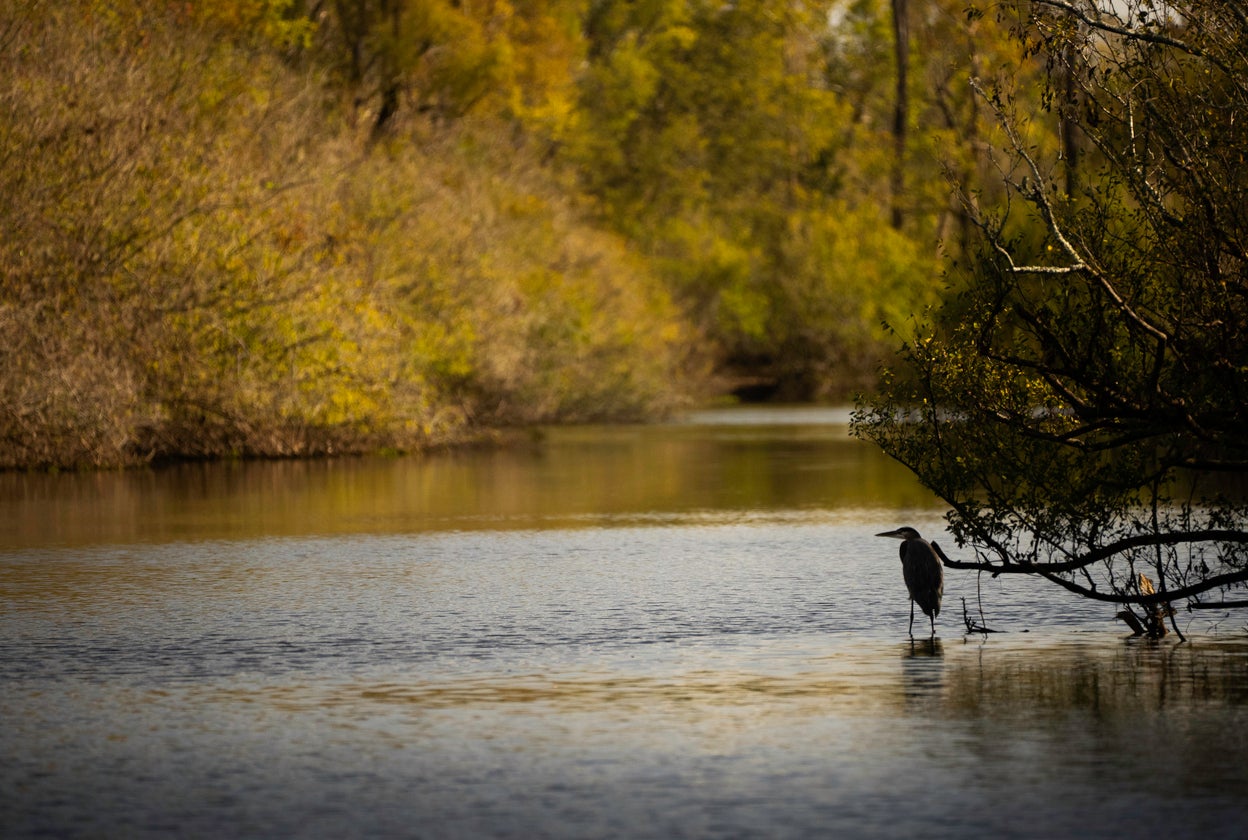
“The big ones need to be hunted,” explained Armond. “If we don’t keep them in check, they eat everything here, they come into town...” he trailed off.
It wasn’t quite the nature experience I had expected, but these gators will be put to good use on local menus. It was hard to feel too much pity for the culled creatures when I considered the alligator sausage po’ boy sandwich I’d demolished a few days before in New Orleans — a sweet, smokey number that bent and burst with flavour, clear juices oozing into crusty bread.
New Orleans is where my US road trip began, on a new food trail that weaves through Louisiana’s southern cities. To the surprise of many, New Orleans (Nola) is not the state capital. Instead it’s Louisiana’s queen mother; a wily grande dame wreathed in jewels, jazz and not a little liquor. It’s hard not to love Nola’s unhinged elegance, hopping from MS Rau’s glittering fine arts to street psychics clutching cups of Pimms, and accompanied by the merry blast of brass trickling from somewhere nearby.
Read more: How to spend a day in the French Quarter – New Orleans’ fun-loving, jazz-inflected neighbourhood
.jpg)
Nola’s heady fusion of tradition and rebellion is reflected in its cuisine. Kitchens have kept a tight hold on classic dishes while letting others run wild, resulting in a city overflowing with great food. After ticking off famous po’ boys, muffuletta sandwiches, seafood gumbo, red beans and rice, try Pêche’s unbeatable crab rice, effortlessly cool Coquette’s locally sourced menu, and crowning glory Jewel – one of the World’s 50 Best Bars and a James Beard Award winner.
Despite such gorging, I couldn’t resist a final beignet hit as I left the city. These heavenly, yeasted pillows are a Creole breakfast staple, excavated from under powdered mountains of sugar. At the last possible outpost of beignet bastion, Café du Monde, I took a seat with my doughnuts and watched two children at the next table. Faces and hands snow-white with icing sugar, they were delightedly clapping clouds of the stuff into sunlit beams as their mother watched. I expected to see stony-faced staff, but they laughed along, ready brooms in hand. In Louisiana, there’s a real sense that food should be fun.
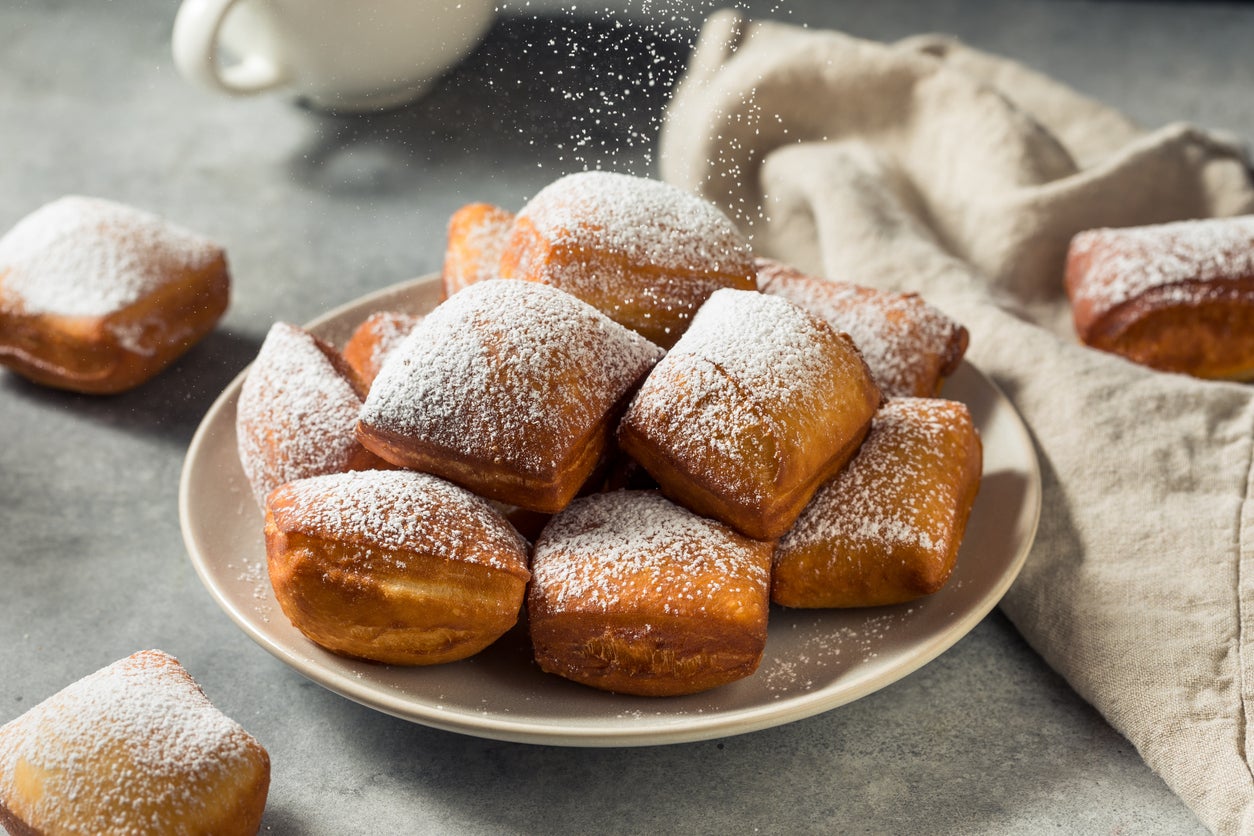
An hour-and-a-half drive along the I-10 past lush, glittering swamplands brings you to the state capital. A fusion of Cajun-Creole cuisine sits at the heart of Baton Rouge, but American college football is in its blood. The LSU Tigers rule the town with banners of imperial purple and gold; game days see every person in Baton Rouge rock up to the arena parking for tailgates – all-day revelries of food and drink.
The city is also home to Red Stick Spice Co, where Anne Milneck offers hour-long cooking classes teaching the history and recipes of local cuisine. The standout is her crawfish étouffée – phenomenally soft and sweet crawfish smothered in creamy, Cajun-seasoned sauce. Like many Louisiana dishes, étouffée starts with the all-important roux: a flour and fat thickener that varies wildly from town to town, kitchen to kitchen. Mention roux in Louisiana and locals start reciting shades of brown like a malfunctioning Dulux paint mixer – “peanut butter”, “caramel”, “paper bag”.
Driving across the alligator-full Atchafalaya Basin and onto Lafayette, the roux turns the colour of conkers. On the city’s Cajun Food Tour, I get a taste of rich chicken gumbo, crispy fried alligator and the all-important boudin. This flavourful Cajun sausage is a blend of pork, rice, onion, peppers and seasoning, and is so popular there are even boudin drive-throughs.
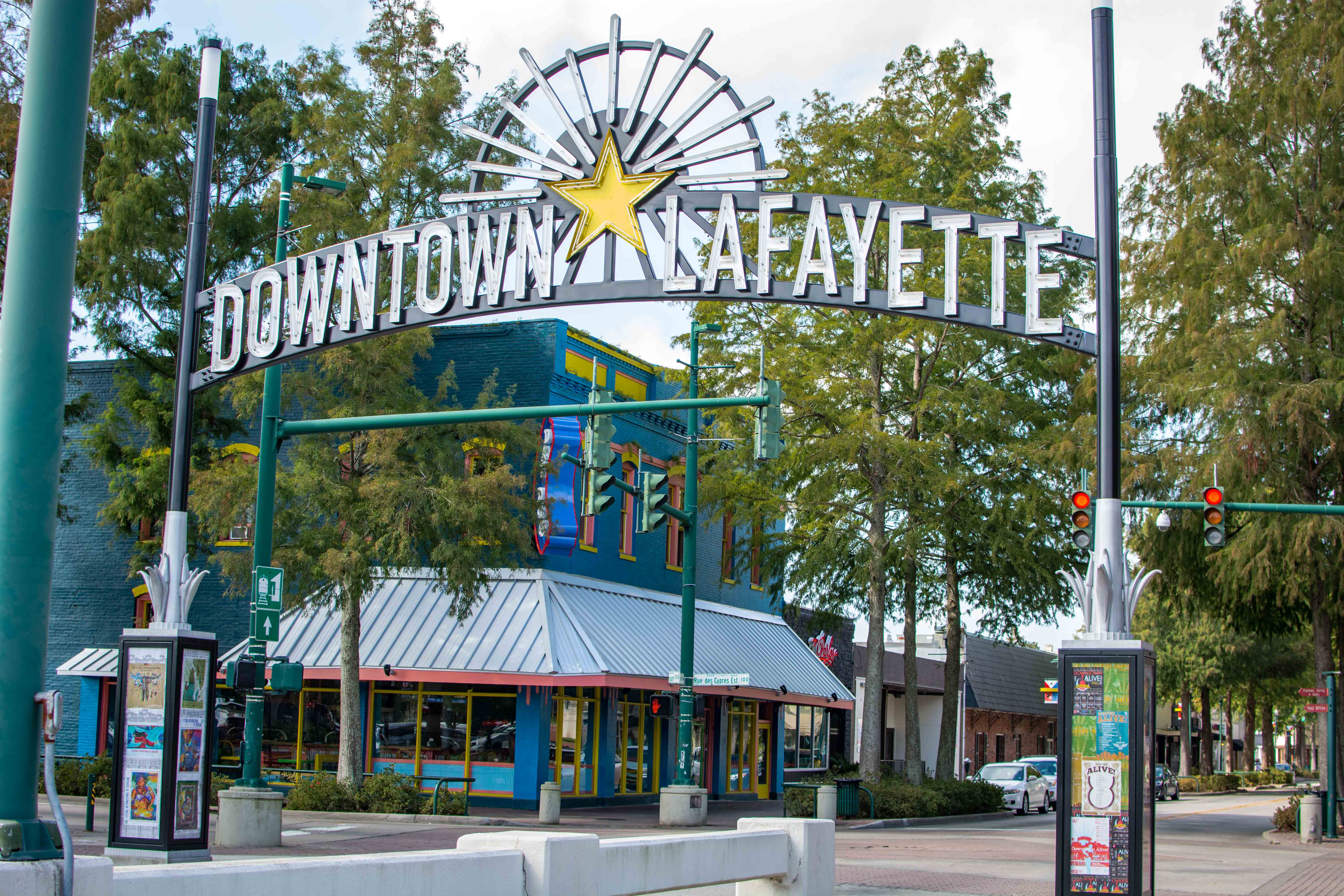
Boudin is a piece of Cajun history, created when Acadian farmers raised a pig each year for a “boucherie” – a day-long party where neighbours helped slaughter and smoke the meat to preserve it. While the lard was saved for that dark roux, the remainder of the pig was ground up and thickened with blood – later rice – to feed the helpers.
Boucheries live on at Johnson's Boucanière: an unfussy, family-run haunt where punchy garlic sausages are seared on the barbecue until they smoke and crisp – and boudin is best alongside pulled pork in a sickly delicious sandwich. Lafayette isn’t all about tradition though – its downtown is full of slick modern restaurants and bars, where well-travelled young chefs like Vestal’s Sullivan Zant bring fusion takes to Cajun food.
Read more: Move over New Orleans – Lake Charles is our new favourite destination for Mardi Gras
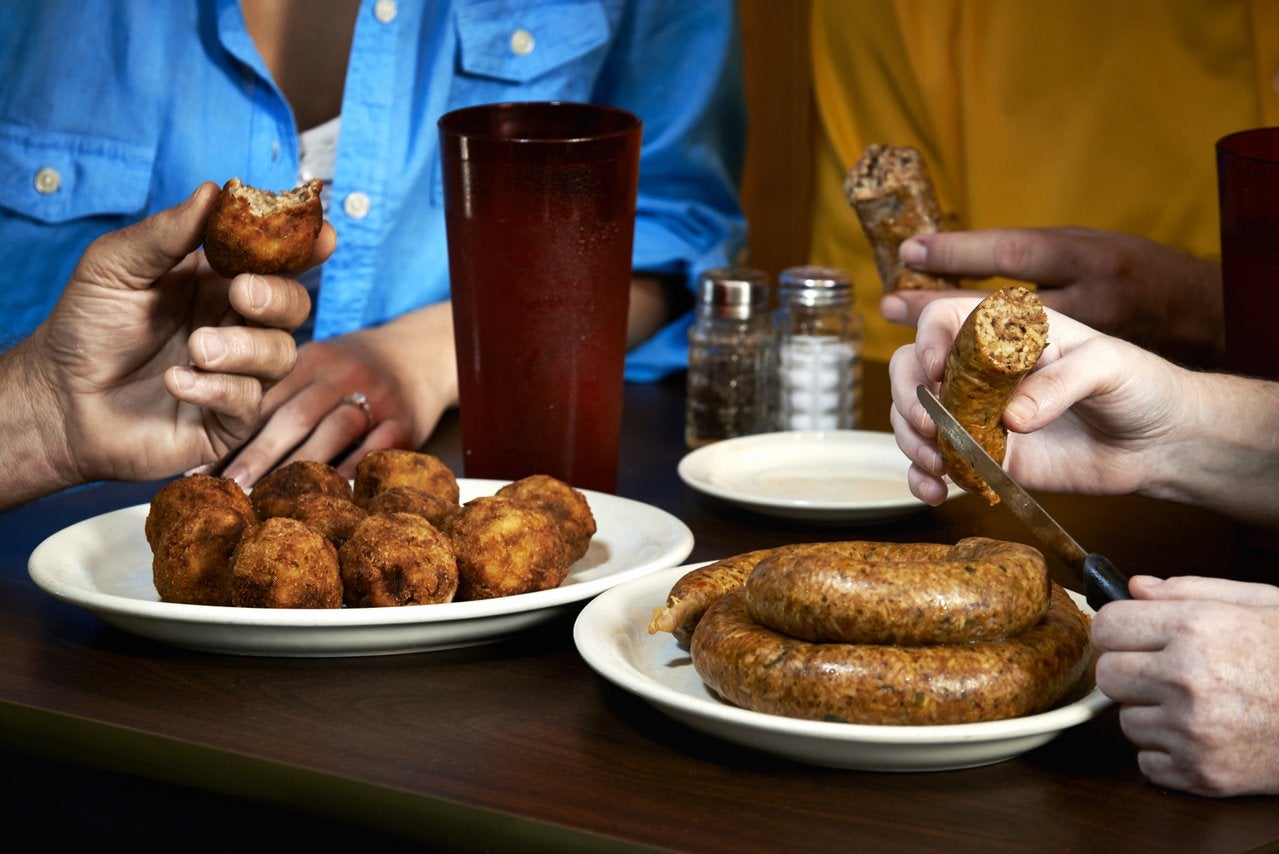
Adding miles and inches under my struggling belt, I continued west, passing old plantations and oak trees emerald thick with Jesus moss. Lake Charles is the food trail’s final stop, a shining city that swells about its huge, eponymous lake. Known as “Louisiana’s playground”, Lake Charles is known for gambling and good times, hosting plentiful Texans who border-hop to play blackjack. The city swirls with a strange mix of homeliness and hedonism – there’s vintage shopping, casinos, luxury pontooning on the lake, picnics of brisket and fudgy pralines under wind-tickled trees.
My last day of indulgence brought Donnie’s karaoke cycling tour, which blasted through my buttoned-up Britishness with Nineties tunes, blistering heat and the careful application of breakfast margaritas. The party continued with drive-through daiquiris: mine the size of a bourbon barrel, nuclear green, with a pair of witch’s legs sticking out the top. After a dinner of locally grown “boutique” oysters at Salt Revival, my eight-day trail ended in a final fantastical evening of Louisiana hospitality. Plied with live jazz and further cocktails at Panorama Music House, I danced with warm-hearted locals under neon lights, feeling like Alice in a well-spiked Wonderland.
Travel essentials
How to do it
You can join a Red Stick Cooking Co. course from $105pp (£83pp). Explore the Atchafalaya swamp with McGee’s from $55 (£43) per adult, minimum three people, and taste Lafayette’s culinary scene with Cajun Food Tours for $69pp (£55pp). At Lake Charles, join Donnie’s karaoke bike tourfor $40pp (£32pp), or take a private lake pontoon tour for up to six people with Sarge Antoine Jr – $120pp (£95pp) for the first hour, then $80pp (£64pp) per additional hour.
America As You Like It (020 8742 8299) has a 10-night holiday to New Orleans from £1,910pp, including direct return flights to New Orleans, car hire, three nights at the Hotel Saint Vincent in New Orleans, two nights at the Origin hotel in Baton Rouge, three nights at the L'Auberge Casino Resort in Lake Charles, and two nights at the Mouton Plantation in Lafayette.
Where to stay
Hotel Saint Vincent, New Orleans
Get a taste of tradition at this 1861 former infant asylum. Set in New Orleans’ charmingly cool Lower Garden District, Saint Vincent mixes old-fashioned elegance and modern touches, with art gilding each cosy corner. There’s a courtyard pool and garden, two bars and restaurants and 75 newly designed rooms complete with verandas.
L’Auberge Casino Resort, Lake Charles
Enjoy a cavalcade of casino fun with L’Auberge’s landscaped gardens, extensive golf course, pool and lazy river. There are multiple bars, restaurants and fireside lounges, shopping arcades as well as a comprehensive spa. Spacious and sleek, its 26 stories and 1,000 rooms have just had an $80m renovation.
Read more: Inside the Arizona desert city that defined Hollywood’s golden age is enjoying a comeback

 JaneWalter
JaneWalter 










